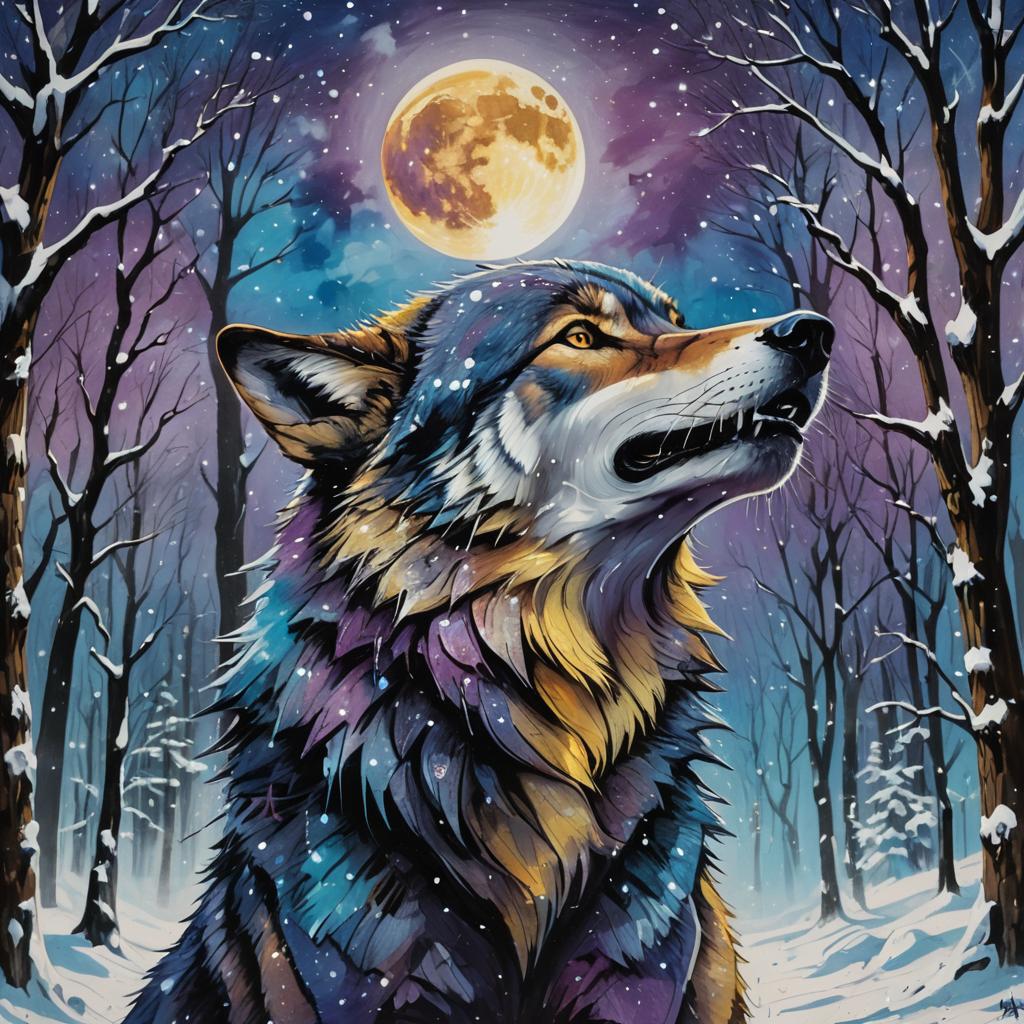In the Arctic, there’s an Inuit tribe that has a simple yet effective method for hunting wolves.

First, they meticulously sharpen a knife until the blade is razor-sharp. Next, they hunt a seal (catching seals is relatively easy compared to hunting wolves, which is much more difficult and, of course, dangerous). The next step is to dip the blade of the knife into the seal’s blood until it’s completely soaked. Then, they pull it out and wait for it to freeze, repeating this process several times until there are multiple layers of frozen seal blood coating the sharp blade. A bloody ‘popsicle’ that they bury in the snow, in a place they know wolves pass through, leaving the blade exposed. The idea is to make the ‘wolf treat’ as visible and accessible as possible for the beasts. Then, they return to their homes.
A wolf, attracted by the irresistible scent of blood on the knife, arrives. To the wolf, it’s a gift. It sniffs it more closely. It’s really good blood, perfect for brightening up its day. It starts to lick the seal blood sorbet. It likes it. As it continues to lick, its pleasure grows, at the same rate that its tongue begins to cool, and therefore, it starts to lose sensitivity.
After a while of licking the seal’s blood, it reaches the carefully sharpened knife. And that’s when, although it doesn’t know it, the wolf signs its death warrant. With its tongue completely numb, it brushes against the blade, cutting its own tongue, and begins to bleed. At first, it’s a joy for him to finally find warm blood running down his throat, seemingly giving his body new strength. The discovery of warm blood makes him crave even more of the delicacy that has just become something even better. As the new, warm blood fills his stomach, his veins empty, and little by little the wolf notices how the strength that the blood feast seemed to give him is leaving him, making him more and more tired, more and more sleepy, more and more defeated.
His last thoughts are of how delicious the warm blood is, of the well-deserved nap he’s about to take.
The Inuit returns the next day, knowing his wolf will be there, dead. The wolf simply cannot escape this trap. Its own nature forces it to die savoring its own blood. There is no escape.


